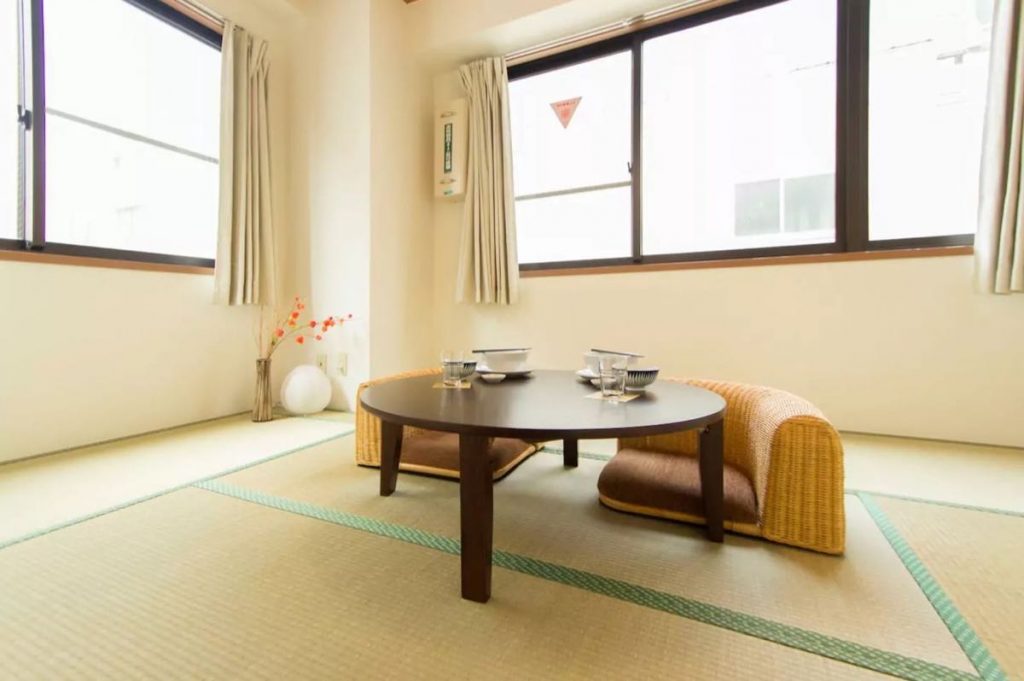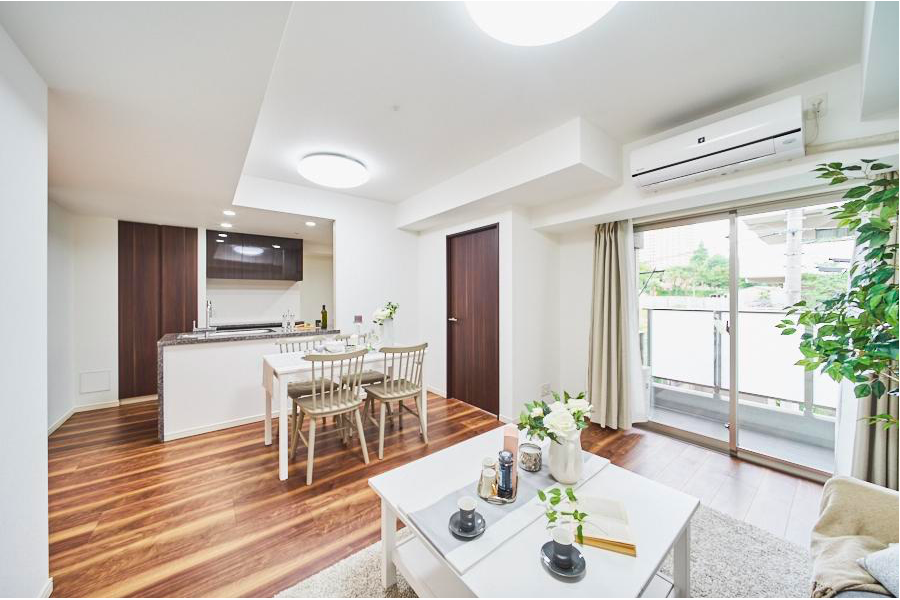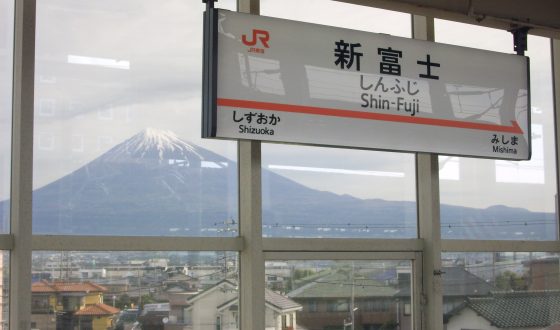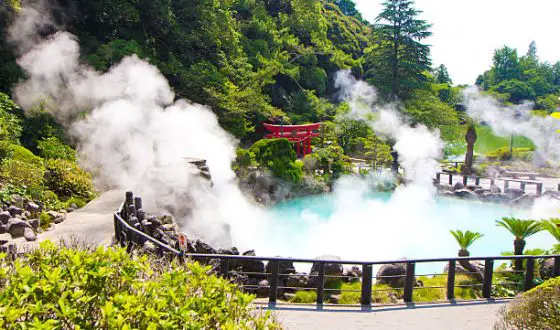What is a 2LDK Apartment?
To settle down in Japan, you or your family will need a decent property, which takes time and effort to find. But the apartment listings in Japan can be confusing to most foreigners which makes this process doubly difficult. This article will explain the basic terms related to the apartment floorplan, as well as what is a 2LDK Apartment.
L, D, and K System
The letter L, D, L simply stands for “Living,” “Dining”, and “Kitchen”. So, they describe the layout of a fully functional apartment. However, one note is that it is pretty rare for a condo or even house in Japan to have a wall separating the living/dining space and the kitchen. The Japanese style housing design focuses on a central family gathering area that allows people to cook, eat or play. This area is usually called LDK. When adding a number before LDK, we have the number of bedrooms.

SEE MORE:
As you can see from the above sample floorplan, there are many other terms used to mark out the layout and features of an apartment. Refer to this article for more details on these terms.
Room Size Measurements
In other parts of the world, square meters, feet, or inches are used to indicate the area of space. But Japanese prefer the unique measuring system from the old days, which is based on the unit named jou (帖). Usually written in short as “j” for smaller room measurement, Jou means tatami counter. Tatami mat is basically a floor covering made of rush-covered straw. Anyone live in Japan long enough know how significant tatami mat to the country’s culture. That is maybe why Japanese not only continue using tatami mats for houses but also communicate space by tatami counter until today.

Tatami mat is basically a floor covering made of rush-covered straw.
So Jou (帖)or (ichi-jo in Japanese!) is the size of one tatami mat, whose dimension is 1.8 m x 0.9 m in most regions of Japan. But when it comes to big cities like Tokyo where the apartment needs to be constrained in size to keep up with the increasing population, tatami mats size shrinks to 1.76 m X 0.88 m. So a jou is equal to 1.653m².
| Type of apartment | Area (in Jou) | Area (in sqm) |
| Small studio apartment | 15 | 25 |
| Standard-sized studio apartmeent | 18 | 30 |
| Large studio apartment | 23 | 38 |
Note:
- Jou is common to indicate apartment size but if you look at the big house floorplan, the architect will use “tsubo” (1 tsubo= 2 jou).
- Size indicators like Jou or Tsubo are used mainly for large rooms such as bedrooms or LDK area.
What is a 2LDK Apartment?
A 2LDK apartment will have a two-bedroom and an LDK (living/dining/kitchen) space. Although the typical floor space of 2LDK ranges from 40-sqm to 80-sqm, a high-end condo can be larger. To live in such spacious with the comfort of breathing room, tenants will have to pay monthly around ¥100,000 ($920) to ¥200,000 ($1,800), especially those newly constructed apartments in a central location.

Since 2LDK is larger than 1LDK, as well as more expensive, the kitchen can be partly separated from living/dining part using a bar, laminate, wall divide or vinyl flooring. There may be walk-in closet and lofts, which are not popular in Japanese apartments. Needless to say, 2LDK is suitable for couples, small families, and roommates.

2LDK is suitable for couples, small families, and roommates.
Sometimes, you might come across term 2SLDK, in which S stands for Service room. The service room in 2SLDK is normally just large enough for sleeping purposes, but lacking the window to officially qualify, for instance. Some owners turn this service room into a child’s room or playroom.
2LDK in comparison with 3LDK
| 2LDK | 3LDK | |
| Size | 40-sqm to 80-sqm | At least 70-sqm |
| Number of people | Maximum 4 people
(For example a couple and 2 small kids) |
Maximum 5-6 people |
| Suitable for | Couples, roommates, nuclear families | Large families, groups of friends
|
| Price | ¥100,000 ($920) – ¥200,000 ($1,800 | ¥247,800 ($2,200) – ¥330,000 |
To sum up, 3LDK is basically larger in terms of sleeping space. So it allows everyone, even children to have their own room, closets, storage space for belongings.

FAQs
What is the difference between a mansion and an apartment?
Apartment (アパート,|apaato| in Japanese) usually refers to a condo in older, low-rise buildings that are made of wood or lightweight steel. On the other hand, mansion (マンション, |manshon| in Japanese) means newly-constructed condo in a high-rise building (more than 3 floors) instead of luxurious houses like in English. buildings are more likely to have better facilities or be part of a larger complex including a playground, gyms, and a reception desk.
Which one is better, a wooden floor or tatami?
It depends. Tatami or woven-mat style flooring is cheap, good-looking, and brings about a zen atmosphere. It will be found in many traditional or older condos. At the same time, it is highly prone to the risk of mold, mites, remnant smells and most young people not just foreigners find it hard to take care of tatami properly. Besides, you shouldn’t place heavy furniture especially something you move frequently like chairs in tatami mats. You don’t want to damage tatami flooring as it costs a lot (from ¥10,000 per mat) to replace, depending on the level of degradation. One solution is to renovate the tatami with a wood carpet. This carpet is of the same size as the tatami mat and equally as easily cuttable or washable.
Which is cheaper, the rental price for the apartment on the First Floor or Higher?
First floor. Because apartments on the first floors suffer from lack of sunlight and more humidity in the summer, which attracts mold and insects.
What is the facing direction for the apartment to get more sunlight?
South. But the rental price for the house facing south is higher. Please also check if there are buildings blocking the light as well as the view.
Where to put the washing machine?
This depends on the room layout. In older condos, the washing machines tend to be outside, on balcony which causes quick rust. The opposite is true for more model homes.
What is the auto-lock system?
It is a kind of security system that prevents non-residents to enter the building without permission. Auto-lock is commonly installed in an entryway or outside mansions in a high-rise building. You have to pay some maintenance fee to get access to this system.
Are Pets Allowed in a Japanese Apartment?
You can raise small dogs or rabbits in some apartments or mansions. But even in that case, you will be fined if your pets create loud noises.
Does every apartment block have parking space?
Not necessarily. If it has a parking space, a monthly fee will be charged to reserve the space. Or else, you need to find a separate local parking lot.









